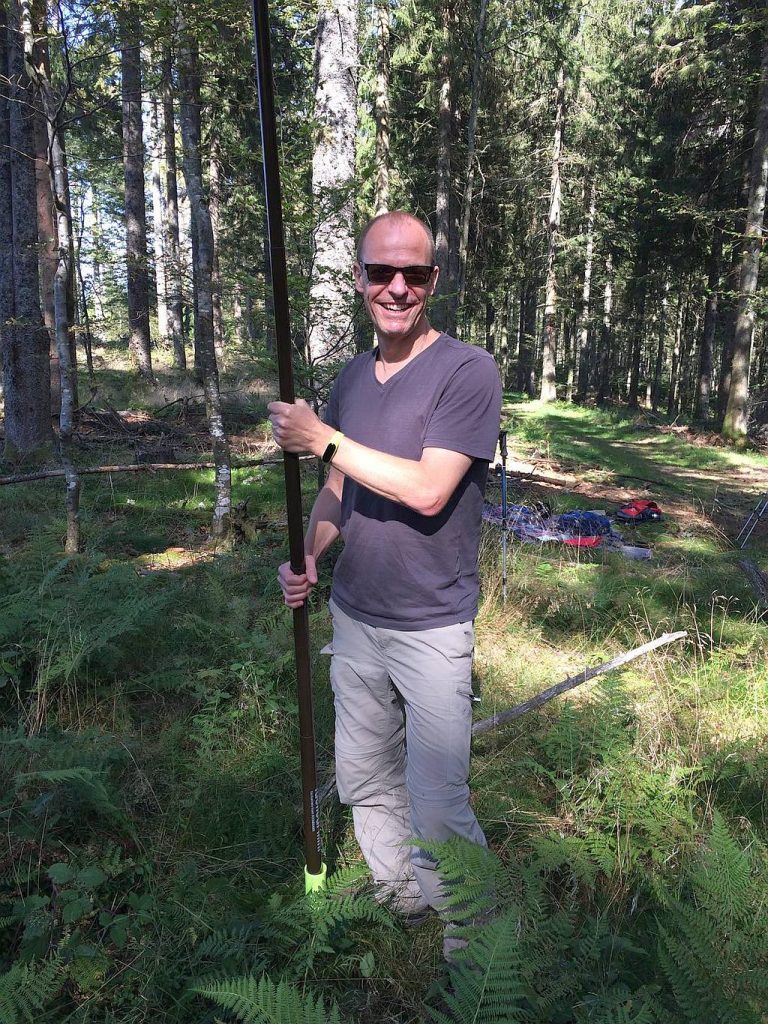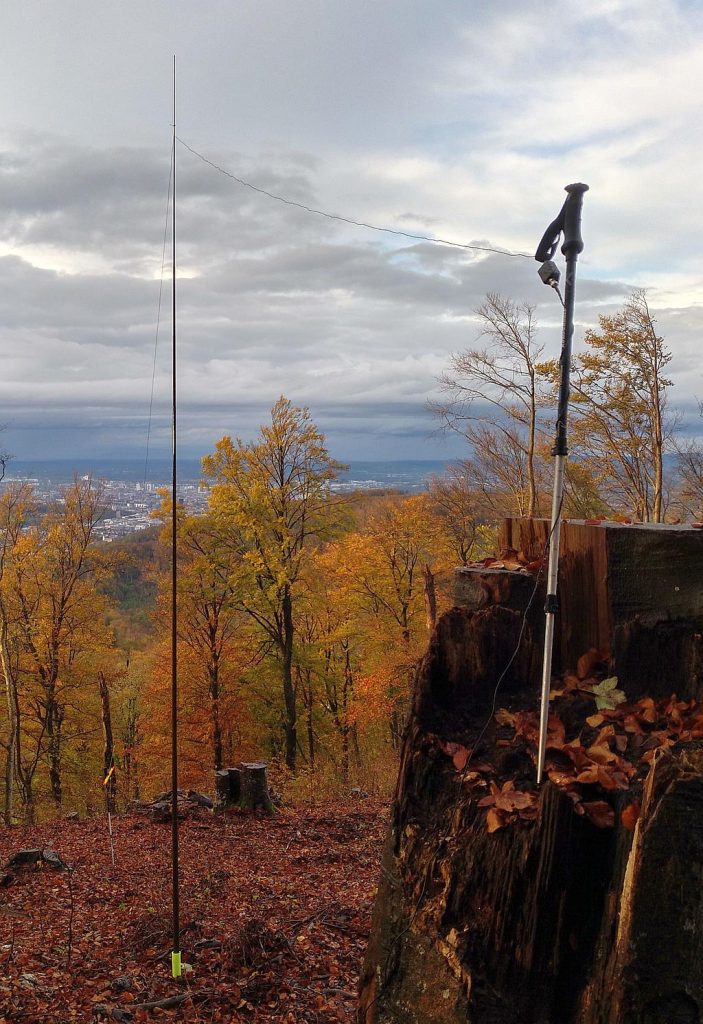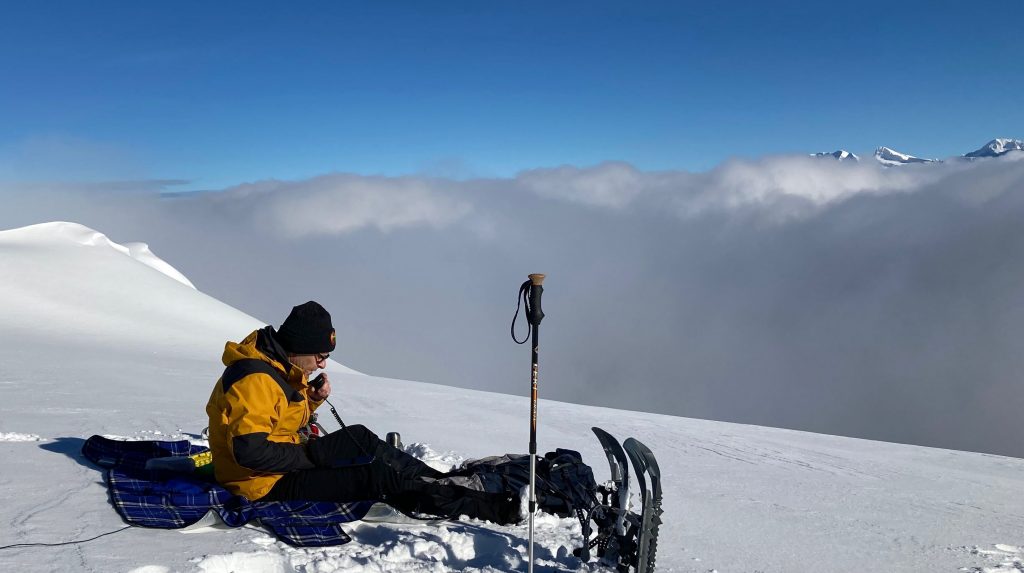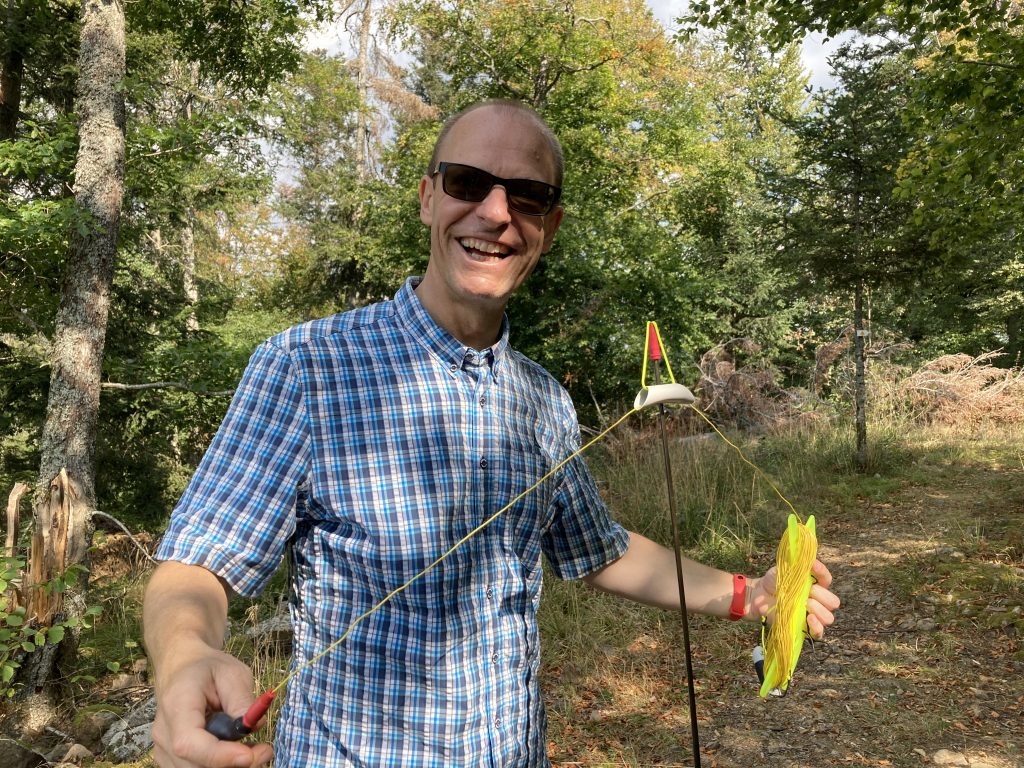HB9EAJ
Stephan Schmid, 4143 Dornach, [my call sign]@gmail.com, QRZ.COM
SOTA (Summits on the Air) Activations:
All my activations | SOTLAS activation statistics
POTA (Parks on the Air) Activations:
All my POTA statistics and activations
Portable Rigs:
- HF and 6m-band portable transceiver:
Lab599 Discovery TX-500 with external 2Ah (~25Wh, 190g) and 4Ah (~50Wh, 400g) LiFePO4 4S battery packs, max. 10W RF output power. - HF, VHF and UHF portable transceiver:
Yaesu FT-818ND with internal 3Ah (~30Wh) LiPo and external 3S 18650 Li-Ion battery holder (~30Wh, 175g), max. 6W RF output power.
When travelling by plane, I swap the three 18650 cells into an empty USB power bank, which also allows to charge them ;-). - HF and 6m-band mobile transceiver:
Yaesu FT-891 with external 18Ah (~230Wh, 1.9kg) LiFePO4 battery pack, max. 100W RF output power. - VHF and UHF handheld transceivers:
Yaesu FT-60 Japanese version (my preferred HT, thanks to its excellent receiver) and Yaesu FT-2DE, also used for APRS2SOTA and APRS. Both with max. 5W RF output power. - 30m-band CW QRP portable transceiver:
QRP Labs QCX-mini kit, max. 5W RF output power @12V. I built it with the optional AGC board and used the QRP dummy load to align the LPF for max. output power. Currently only used for training CW, along with a Morserino.
Portable Antennas:
- Mostly home-made multi-band resonant half-wave end-fed dipoles for the 10-, 15-, 17-, 20-, 30-, 40- and 60-meter bands.
Please see my corresponding document: A Portable 7-Band End-Fed Half-Wave (EFHW) Antenna (version 1.2).
Similar presentation in German: Eine portable 7-Band End-Fed Half-Wave Antenne (version 1.0).
With an additional loading coil and/or some length of wire, the 80- and 160-meter band can be used as well, albeit with less efficiency.
Typically, I strive for an inverted-L configuration, supported by a 6m-tall telescopic glass fiber mast (image). - A lightweight and partially commercial vertical monopole antenna for size-constrained summits. The ~2.5m tall base-loaded antenna with ground spike works from the 40- to the 6-meter band (image or video). For better efficiency between the 20-meter and 10-meter band, I sometimes use a 5.2m telescopic whip instead.
- Home-made OCF Up-and-Outer or vertical-L by DK7ZB for the 17-meter band. This is the lowest band that fits on a 6m tall mast.
- Home-made VP2E for the 17-meter band.
- Home-made diamond-shaped loop for the 6-meter band (image).
- Portable and light 2-element log-periodic for the 2-meter and the 70-centimeter bands (image).
Maintained names.csv File:
For logging contacts during SOTA and POTA activations, I’m using the Android app VK port-a-log. This and other logging software supports a file containing call signs and their corresponding names in CSV format. Telling the name of the other station helps to spot wrong call signs.
Download the current names.csv file (updated on 2025-11-17 with 73,950 call signs, information also contained in the file header).
Use the Callsign Notes of the Ham2K Portable Logger and add the corresponding callsign notes file to the app (menu: Settings – Data Settings – Callsign Notes – Add a new file): https://www.qsl.net/hb9eaj/download/names.txt.
The above files contain data that was merged from several sources and I’m constantly adding new calls/names while doing SOTA or POTA. Thank you for sending me your corrections, e.g. your updated names.csv file. Due to limited size on some older devices, only calls that are somehow related with portable stations are added. The above file will be sporadically updated, depending on the accumulated changes.
Off-Grid SOTA and POTA Spotting Solution:
SOTAmāt, developed by Brian AB6D, allows to spot when there is no mobile network coverage, simply by using an HF SSB transceiver and a smartphone.
My SOTAmāt presentations:
- At the HB9SOTA general assembly in 2023: Off-Grid Spotting mit SOTAmāt (in German)
- At the Ham Radio Friedrichshafen in 2023: Off-Grid Spotting with SOTAmāt (in English)
YouTube Channel:
If you like to use your radio outdoors as well, then please have a look at my HB9EAJ Portable Radio YouTube channel.
Some Impressions:




